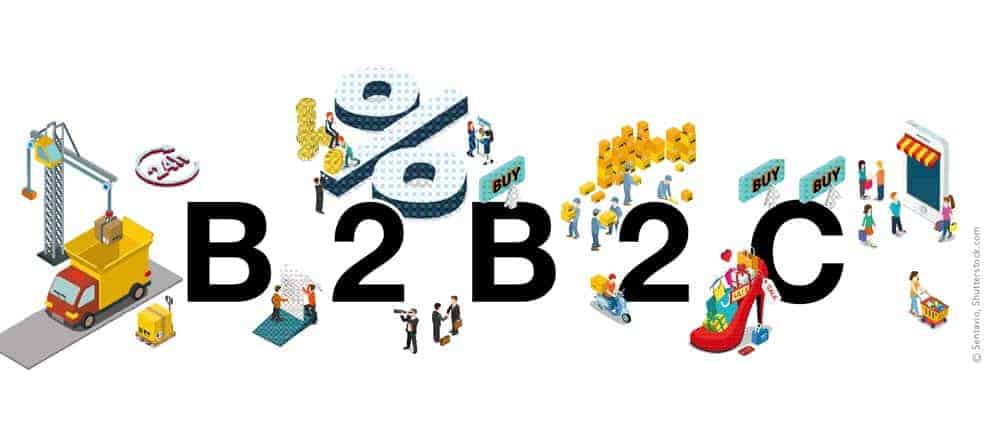Cloud? It goes without saying!


In a conversation at dmexco, the CEO of a still fairly young software company said: "We've always been in the cloud. It's never been any different."
Many traditional medium-sized companies that have built up their position over generations certainly see things differently. For them, cloud technology is not the standard, but something you have to deal with intensively.
Software does not become better per se just because it is operated in the cloud. Anyone who simply migrates software from their own or hosted servers to a cloud and hopes for a technological or business quantum leap as a result will be disappointed.
Another counter-argument is that the lack of know-how in the company means that it is seldom possible to realize one's own wishes and thus become dependent on the provider.
Although upgrades and security patches are automatically provided as a service in the cloud, you still have to take care of installing them yourself. Costs can also quickly get out of hand if a cloud project is not carefully defined and planned.
Cloud supporters, on the other hand, clearly speak of considerable savings potential. Outsourcing software to the cloud is more efficient and cost-effective because it can be operated more flexibly and always remains technologically up to date.
The usability of cloud solutions is often high, not to mention independence in terms of time and location and thus completely new freedoms to use a software.
Things get even more exciting when it comes to PaaS. While renting software as a service has long been the norm, most companies still seem to be unfamiliar with platform management in the cloud (PaaS).
Statista calculated global PaaS revenue of US$15.6 billion in 2018, while SaaS revenue exceeded this amount by eleven times. In this context, PaaS offers significant advantages.
Here, companies rent entire IT infrastructures, and software, tools, services and maintenance often at the same time. Software developers can develop, customize and run their own programs in a defined environment. Infrastructure or operational issues are no longer an issue for the entrepreneur, because that is covered in the PaaS solution.
In addition, PaaS applications can be scaled in a short period of time during operation, thus guaranteeing permanently high performance for the end user.
There is more
In order to operate stores successfully, many a retail company has had to transform itself into a tech-savvy digital enterprise. This is not an easy undertaking, and small and medium-sized businesses in particular are having a hard time with this change.
Too many resources go into it. Especially since customers are not interested in the technology in the background. They just want to be able to order quickly and conveniently online.
Merchants who manage their online commerce as a PaaS application profitably put their developer resources into customizing the store and relevant applications.
Thanks to the dovetailing of tools and depth of integration, everything here runs hand in hand. PaaS creates space for customer benefits: Content, look & feel, image worlds, usability, performance.
The competitive advantage comes from the fact that merchants can customize their e-commerce solution in a way that best suits the target group and the business model. That they create freedom and resources that benefit the customer. If you as a merchant ask yourself the question: "Does my e-commerce need to go to the cloud?"
Yes! If you want to easily adapt to rapidly changing requirements and have full focus on the really important issues of your customers.





